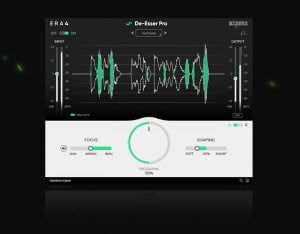 Accusonus introduced the ERA 4 De-Esser Pro. It is a sophisticated, yet fast and easy to use de-essing plug-in. It offers precision-grade de-essing and customizable audio repair functionality. Based on the multi-patented accusonus algorithms, De-Esser Pro simply works and allows for efficient sibilance removal from audio recordings.
Accusonus introduced the ERA 4 De-Esser Pro. It is a sophisticated, yet fast and easy to use de-essing plug-in. It offers precision-grade de-essing and customizable audio repair functionality. Based on the multi-patented accusonus algorithms, De-Esser Pro simply works and allows for efficient sibilance removal from audio recordings.
Don’t let those sharp esses pierce your eardrums. Harsh sibilance can be very annoying in both dialogue and vocal recordings. Getting rid of those noisy high-frequency consonants can be a complicated, time-consuming task. This is why we developed an easy-to-use, fast and powerful tool that requires minimum effort but offers great results.
In most cases, all you’ll have to do is tweak the large white knob until those sharp and shrill esses are gone. But ERA D-Esser Pro offers some extra controls to give you the granularity you need to really dive in and fine-tune the settings for when you’re fixing up a really bad recording.
Features include:
- FOCUS control: Fine tune the engine processing by spotting problematic frequency region, without affecting any other frequencies.
- FOCUS range audition button: Preview the selected FOCUS range without any processing applied onto it. This way you can spot any problematic region much easier.
- SHAPING control: Another parameter to fine tune the processing. Moving the slider toward SHARP side, a more steep curve is applied onto the sibilance region, leading to a tighter result.
- DIFF button: Listen to what is being removed from your recording during processing.
- Real-time Processing Display (waveform view): Visualize any detected sibilance.


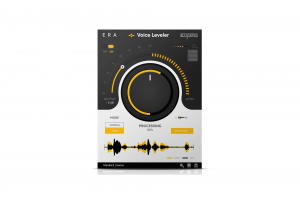


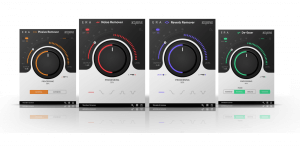
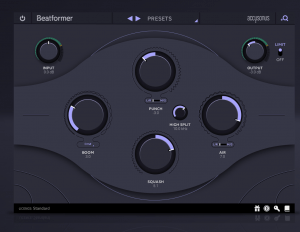
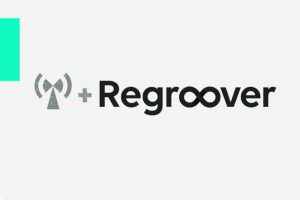
 Music and audio producers are always looking for new and exciting sounds to use within their projects. And while there are plenty of options available in terms of free or paid-license sample libraries out there, sometimes it’s best to try and come up with something that’s totally different. That’s where Regroover, a software product from Accusonus, comes in.
Music and audio producers are always looking for new and exciting sounds to use within their projects. And while there are plenty of options available in terms of free or paid-license sample libraries out there, sometimes it’s best to try and come up with something that’s totally different. That’s where Regroover, a software product from Accusonus, comes in.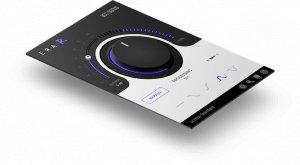 In a perfect world, all audio recordings would be made in a controlled studio environment with proper acoustic treatments and sound proofing. That way, the captured audio would be as clean and dry as possible. But, with the proliferation of low-cast audio recording systems, a modern-day recording “studio” could be anything from a cavernous cathedral to a small bathroom. That means that sometimes, the resulting recordings might have some unwanted echo/reverb effects that couldn’t be eliminated at the source. While it’s simple enough to add echo/reverb to a recording afterwards, it’s not always easy to take it away.
In a perfect world, all audio recordings would be made in a controlled studio environment with proper acoustic treatments and sound proofing. That way, the captured audio would be as clean and dry as possible. But, with the proliferation of low-cast audio recording systems, a modern-day recording “studio” could be anything from a cavernous cathedral to a small bathroom. That means that sometimes, the resulting recordings might have some unwanted echo/reverb effects that couldn’t be eliminated at the source. While it’s simple enough to add echo/reverb to a recording afterwards, it’s not always easy to take it away.